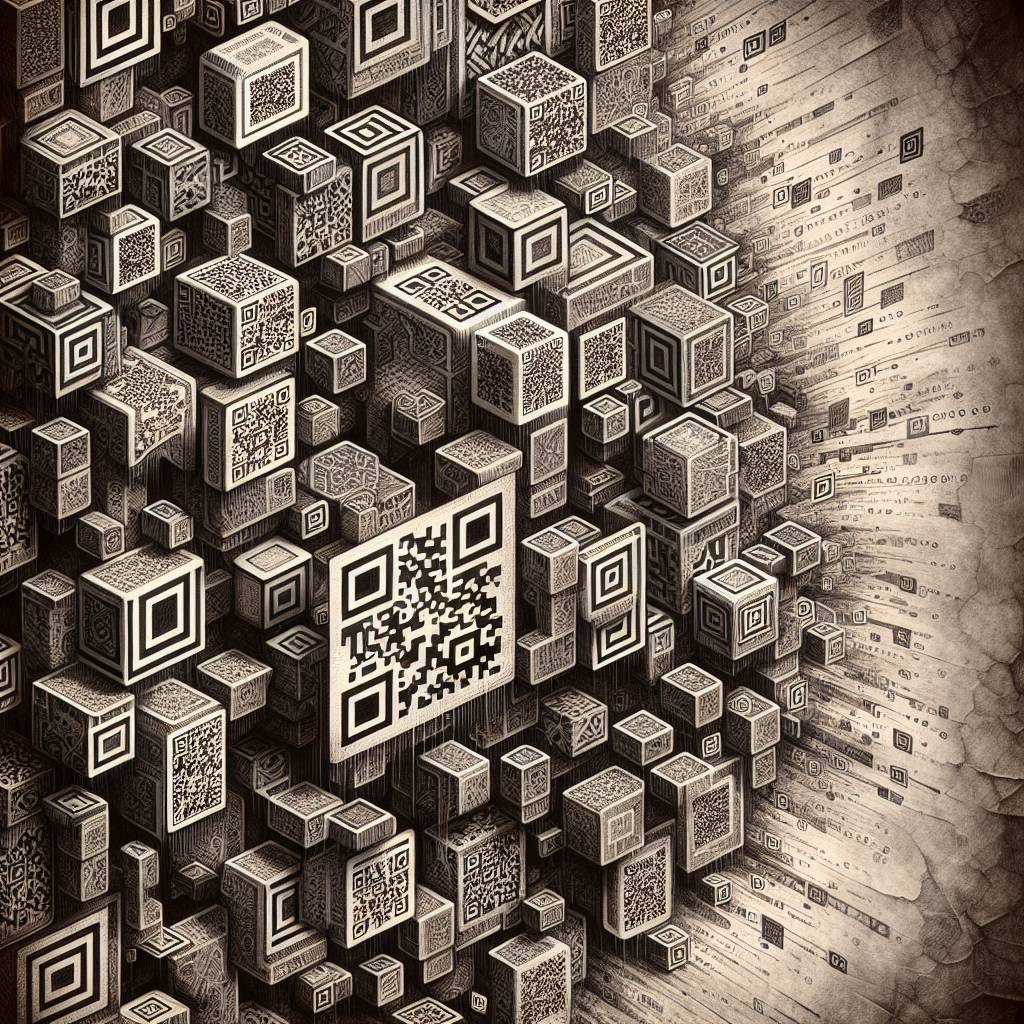QR Code Chaos: The Not-So-Funny Business of Spammy Scams
QR codes in emails may only be 0.01% of global traffic, but they’re like the ninjas of spam—sneaking past security filters with deceptive QR code art. Cisco Talos suggests “defanging” them, which sounds like a vampire slaying technique, but it’s actually just a smart way to neutralize these pesky codes.

Hot Take:
QR codes: the deceptively innocent-looking squares that have mastered the art of impersonation. They’re not just for menus and scavenger hunts anymore; they’re the Picasso of phishing, the Da Vinci of data theft, and they’re coming to an inbox near you. Who knew those little squares could pack such a malicious punch?
Key Points:
- 60% of emails with QR codes are flagged as spam, with a chunk being outright malicious.
- Attackers use “QR code art” to disguise malicious codes in aesthetically pleasing designs.
- QR codes slip through security filters by being images that require decoding.
- Personal device scans of QR codes bypass corporate security, posing a risk.
- Defanging techniques can neutralize malicious QR codes by altering their structure.
Already a member? Log in here
